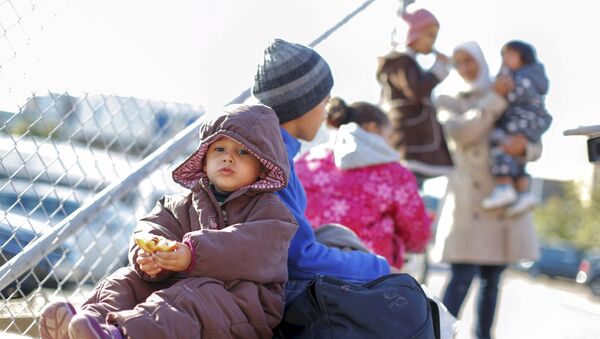Young immigrants are drastically over-represented in terms of their debts to the Swedish Enforcement Agency, a recent study has found. The Swedish Enforcement Authority is a government body that has a range of responsibilities, including enforcement, debt collection and injunctions to pay, and assistance, debt relief and supervision in bankruptcy.
According to Swedish Enforcement Agency researcher Davor Vuleta, a postgraduate student of sociology at Lund University who has looked into the demographics of those who have debts with the authority, as many as 32 percent of Sweden's population aged 18-25 have a foreign background (which means either born abroad or having at least one parent with a foreign background).
At the same time, the very same group accounts for 47 percent of the debtors, two-thirds of whom are men. Many of the debtors have low education and income. Some of the debts can also be linked to crime in the form of fines and damages.
According to Vuleta, this boils down to “segregation”.
“If you live in segregated areas, the risk is greater that you will end up in social exclusion, which in turn can lead to financial exclusion”, Davor Vuleta told national broadcaster SVT, referring to what the official parlance calls “vulnerable areas”.
These areas are sometimes referred to as “ghettos” and “no-go zones” as emergency services such as fire engines and ambulances cannot drive into these areas without a police escort due to risk of attack by criminal gangs.
As of today, there are 60 vulnerable areas in Sweden, which are marked by high unemployment and crime, lower education levels, and a general contempt of the law.
23 of these are classed as “especially vulnerable areas”. To be ranked as such, an area has to tick off certain boxes, such as parallel society structures exercising their own form of justice and control, extremism such as systematic violations of freedom of religion or fundamentalism which circumscribe rights and freedoms of the population, and a high concentration of criminals.
In late 2019, The Swedish Crime Prevention Council (Brå) compiled Swedish and Nordic quantitative crime studies between 2005 and 2019, confirming a strong over-representation of people with a foreign background, even when including other factors such as age, gender and socio-economic factors.
“Also in the other Nordic countries Norway, Denmark and Finland, there is an over-representation of foreign-born (residents) and their children in terms of both suspects and convicts”, the report said.
Sweden, which used to be one of Europe's most homogeneous nations, embraced mass immigration in the late 20th century. In a matter of several decades, the share of immigrants and their descendants has surpassed a quarter of the Swedish population of 10 million and with the current rate of immigration and demographics are predicted to reach half of Sweden's population at some point in the 21st century.


